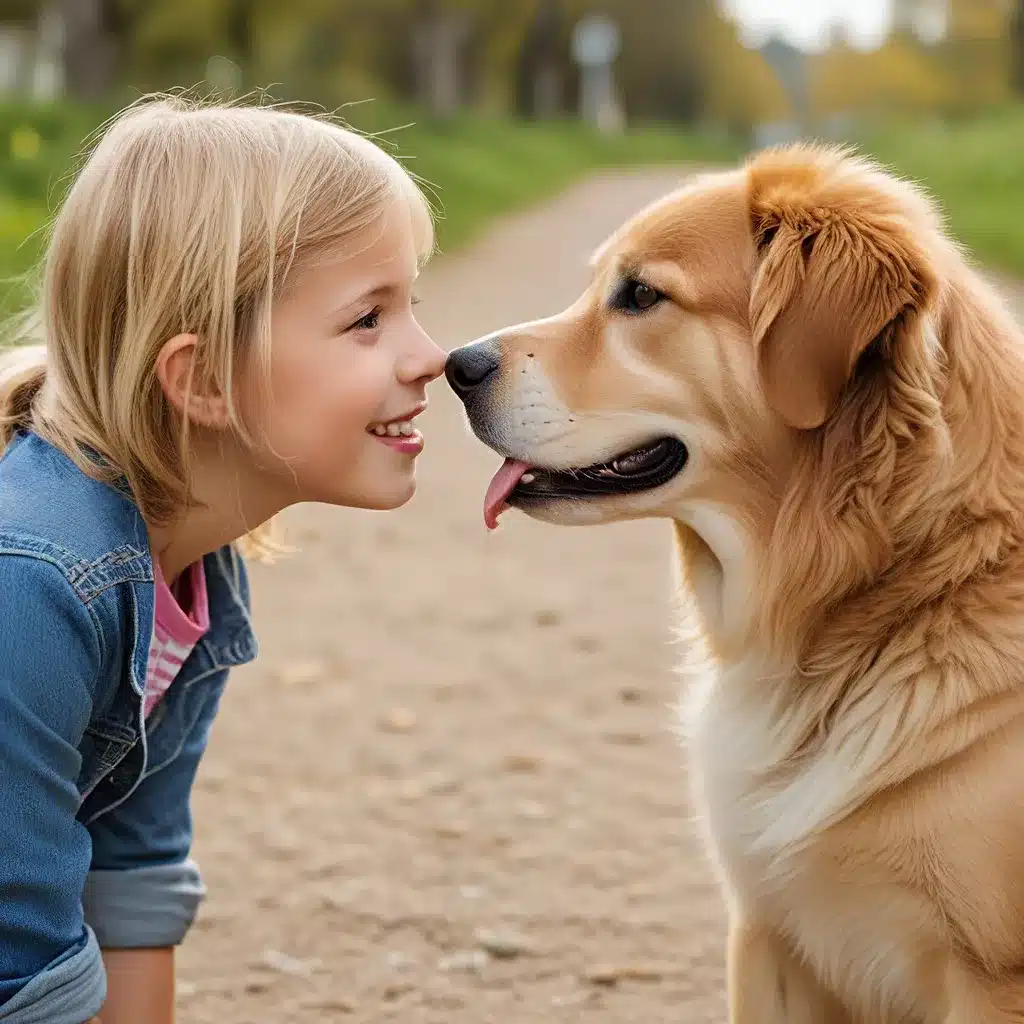
Unspoken Connections: Decoding Canine and Feline Cues
Adopting a furry companion is one of the most rewarding experiences a person can have. But for those new to the world of pet rescue, the journey can sometimes feel like navigating a foreign language. Just as humans use verbal and nonverbal communication to express their needs and emotions, our four-legged friends have their own unique ways of conveying their thoughts and feelings. And it’s up to us, as their would-be guardians, to become fluent in these captivating dialects.
Tail Wags and Ear Twitches: The Body Language of Pets
When we first meet a potential adoptee, it’s easy to get caught up in the adorable antics and irresistible cuddles. But a keen eye for body language can reveal so much more about a pet’s true state of mind. Take the iconic tail wag, for example. Many people assume a wagging tail is always a sign of happiness, but the truth is more nuanced. The speed, height, and even direction of the wag can indicate a range of emotions, from excitement and playfulness to anxiety or even aggression.
Similarly, a cat’s ear position can be a dead giveaway about their mood. Ears perked forward and alert often signal curiosity or engagement, while flattened ears may signify fear or discomfort. And don’t forget the all-important tail, which can convey a feline’s feelings with remarkable precision – a slow, swishing tail often precedes a pounce, while a twitching tip can indicate irritation.
The Pet Rescue team knows that mastering these subtle cues is key to forging a lasting bond with any new pet. “It’s all about learning their language,” explains Samantha, an adoption specialist. “When you can pick up on the little things – a slight head tilt, a relaxed posture – you start to understand what they’re trying to tell you. And that makes for a much smoother transition into their new home.”
The Purrfect Pace: Tailoring the Adoption Process
Of course, identifying a pet’s emotional state is only half the battle. The real challenge lies in creating an adoption experience that caters to each animal’s unique needs and preferences. After all, the transition from shelter to home can be stressful, even for the most well-adjusted pets.
That’s why the team at The Pet Rescue takes a personalized approach to every adoption. “Some pets do best with a slow, gradual introduction to their new surroundings and family members,” says Samantha. “They need time to decompress and adjust at their own pace. Others are more confident and outgoing, and will thrive with a more immersive experience.”
To cater to these diverse temperaments, the organization offers a range of adoption options, from traditional same-day placements to “foster-to-adopt” programs that allow potential owners to trial a pet in their home before committing. Adopters are also encouraged to bring their own family members – both human and animal – to meet the prospective new addition, ensuring a harmonious household dynamic from the start.
Navigating Behavioral Challenges: Patience and Positivity
Of course, even with the most thoughtful adoption process, there may be bumps in the road as a pet settles into their new home. Behavioral issues like separation anxiety, fear-based aggression, or house-training troubles can sometimes crop up, testing the patience of even the most dedicated pet owners.
But the team at The Pet Rescue is there to help. “Our goal is to set every adopted pet up for success,” says Samantha. “That means providing adopters with the tools and resources they need to address any challenges that arise, from one-on-one training sessions to 24/7 behavioral support.”
The key, they’ve found, is approaching these issues with empathy, creativity, and a positive mindset. “It’s all about reframing the behavior as a communication challenge, not a personal failing,” explains Samantha. “These pets have been through a lot, and they’re doing their best to adapt to a completely new environment. With patience and the right techniques, we can help them feel safe, secure, and able to thrive.”
Paws for Thought: Embracing the Unexpected
Ultimately, the journey of pet adoption is full of surprises – both heartwarming and, at times, heart-wrenching. But for the team at The Pet Rescue, that’s all part of the magic.
“Every pet is unique, with their own story, their own personality, and their own way of communicating,” says Samantha. “And that’s what makes this work so incredibly rewarding. When you take the time to really listen and connect, the barriers start to crumble, and you realize just how much we have in common with our furry friends.”
So, whether you’re a seasoned pet parent or a first-time adopter, remember to keep your eyes, ears, and heart open. With a little patience and a whole lot of love, the language of the animal kingdom can become as familiar as your own. After all, the road to a successful adoption is paved with mutual understanding – and the occasional belly rub.


